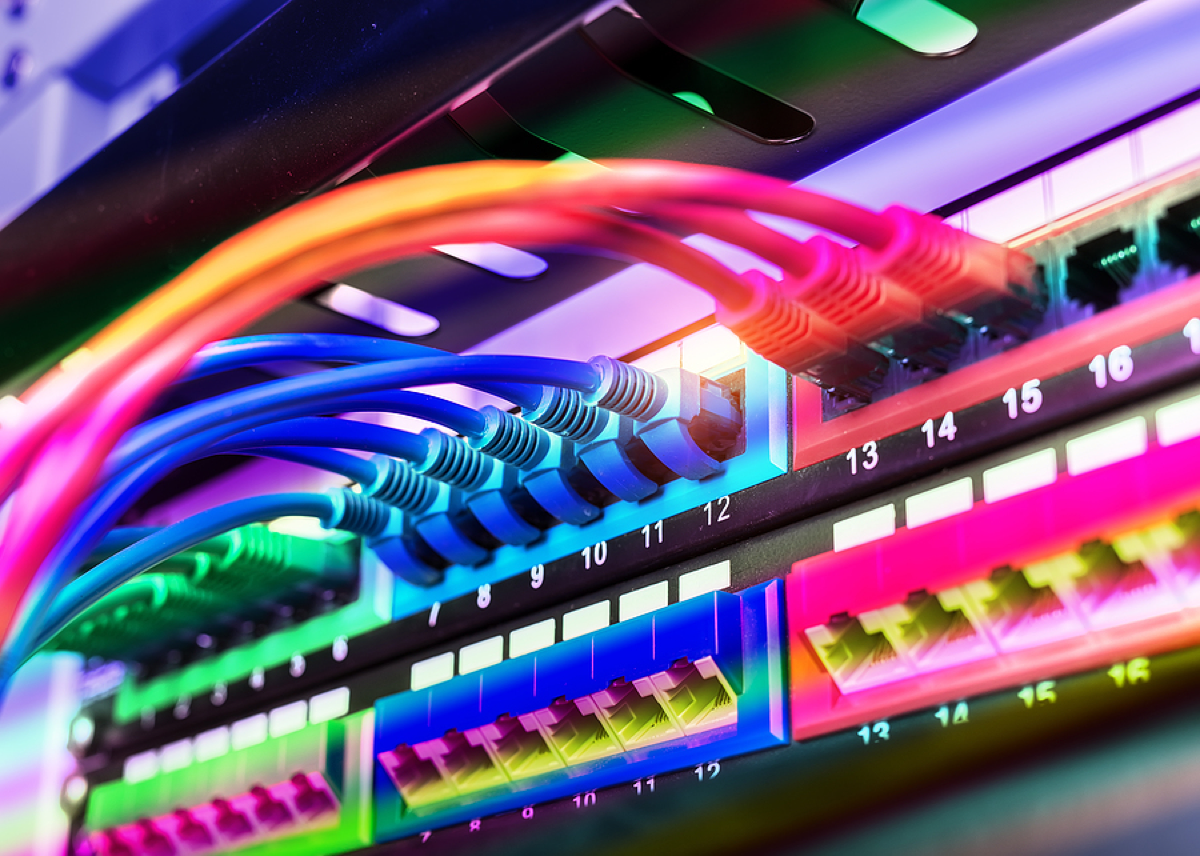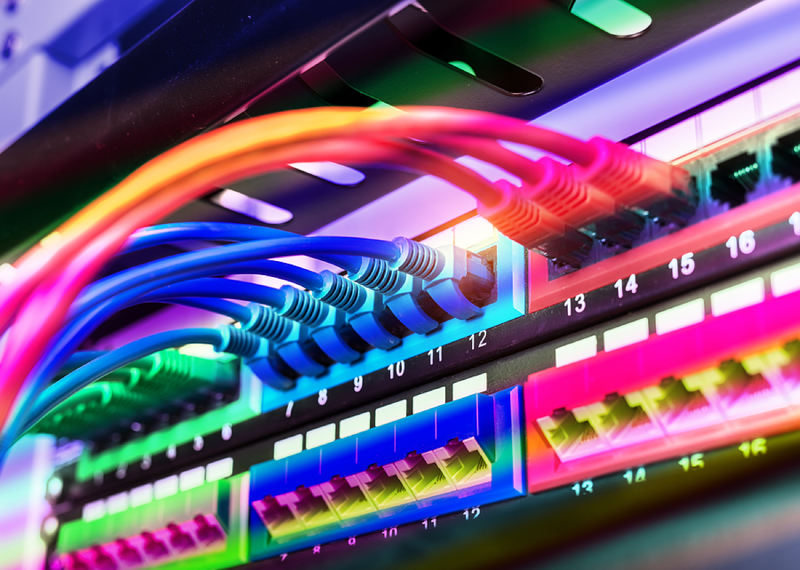
Network switches are core components in any network, because everything on the network connects through a switch. If the switch is not performing optimally, it can affect a lot of things on your network and limit their performance as well. But how do you know if your network switches are at the top of their game? Other than blindly believing the specs, the only litmus test for switch performance is to perform network analytics. Unfortunately, not every company has the resources to proactively start looking for network problems that may or may not exist, so perhaps the best strategy is to make sure you are getting the right switch at the point of purchase – without breaking the bank, of course.

What Do You Need in a Network Switch?
Purchasing the right network switch begins with knowing both what you need and what you don’t, and it goes far beyond the number of primary ports and the speed (though that is important too). In fact, there are many decisions. For instance, do you need a managed or unmanaged switch? Will the switch need to perform routing (Layer 3) duties to connect multiple LANs or will it be used in a single LAN environment? What is the switches’ role in the network – edge, distribution, or core? Do you require POE ports? Are you supporting VLANs? What level of support do you want? Is it compatible with other brands and models already in use in the network? Will your current management software support it? Making sure you get the “right size” switch in your network requires a skilled IT technician…. And speaking of right size, better check the rack and power requirements, as well as other environmental characteristics like noise and heat dissipation.
Knowing exactly what you need is half the battle. Finding it within your IT budget is the other.
Should You Respect the Specifications of a Network Switch?
So, you have your list of requirements in hand. Finding the right switch should be as easy as matching it up to the manufacturers performance specs, Right? But you quickly realize that even among so-called equivalent switches, you find a wide range of pricing. Why is that? Truth is that some brands simply deliver better than others. That is to say, some brands may barely reach those baseline specs under optimal data conditions while other brands readily surpass them under full load. Both claim bragging rights to the same spec, so again… what to do?
What’s in a Brand Name?
 Everyone is more comfortable dealing in the familiar… that’s just human nature. When you think “network switches” your brain may immediately go to the companies that have branded themselves to that market. There are several familiar names: Cisco (of course), Netgear, HP Enterprises, D-Link. But you may find there are an equal number of names you may not yet be familiar with: TP-Link, Juniper Networks, TrendNet, Extreme Networks, Brocade Communications, etc. But shopping amongst the familiar will leave you in the same space: Huge price differentials among supposedly equivalent products. One reason is because those names you are familiar with either got that way by spending beaucoup bucks on marketing OR by shear popularity by offering an affordable (broad-appeal) product.
Everyone is more comfortable dealing in the familiar… that’s just human nature. When you think “network switches” your brain may immediately go to the companies that have branded themselves to that market. There are several familiar names: Cisco (of course), Netgear, HP Enterprises, D-Link. But you may find there are an equal number of names you may not yet be familiar with: TP-Link, Juniper Networks, TrendNet, Extreme Networks, Brocade Communications, etc. But shopping amongst the familiar will leave you in the same space: Huge price differentials among supposedly equivalent products. One reason is because those names you are familiar with either got that way by spending beaucoup bucks on marketing OR by shear popularity by offering an affordable (broad-appeal) product.
If you want to make a good purchase decision AND money is an object, you will have to do some research. Begin by scouring the internet for reviews done by independent labs. Keep a focus on data transfer rates and switching capacity, since that ultimately defines the performance of a switch. If you don’t feel qualified to make this decision, consider hiring an independent networking firm to evaluate your needs and give you the benefit of their experience with different switch manufacturers.
Never Shop Based on Sticker Price
Ultimately your decision may come down to 2 or more products that you want, but a modest price difference between them. In this case, contact each vendor, let them know your situation, and ask what they can offer to sway your decision one way or the other. Be aware that network manufacturers are hungry for business, so they will always negotiate well below the MSRP. If you are spending upwards to $100k on network components, you may find discounts in excess of 50%. The bottom line is to never make decisions based on MSRP.
Don’t Neglect the Support Element of the Network Switch
Service on switches is important. Most switches offer a limited lifetime warranty (LLW) but require you to pay a premium if you want phone support. The range of LLWs can be from 90-days to years, and there are extended warranties that cover the life of the product. This is another place where the advice from an independent network provider can pay dividends, as they no-doubt have experience dealing with different manufacturers and the quality of their support.
Much to Consider When Diagnosing Network System Performance
The influence and impact that switches have within a network cannot be neglected. Purchase decisions must not only be made in terms of where the business is at, but where it will be in 5 years. If you plan on increasing the number of employees, you want a switch with enough available ports to expand. Emerging technologies should also be a consideration. For instance, POE devices may not be part of your business right now, but what about next year? One thing is for certain - it's well worth the time you spend to get this purchase decision right.
For help diagnosing network system performance issues and empower your IT team, contact the IT professionals at CNS Partners. We help manufacturing businesses improve the performance of their IT systems while enabling business growth.
Learn about network performance and to ensure your IT system is robust and developed to perform well under any adverse condition by reading our eBook titled "Learn how to diagnose and solve network performance."
For an in depth about how to diagnose and solve network performance issues, download our eBook.



